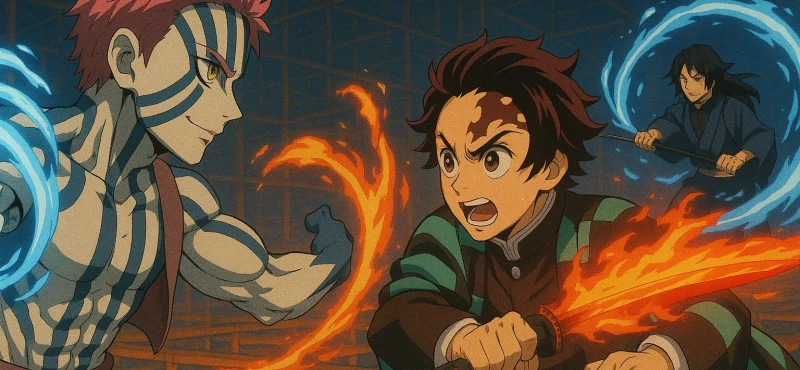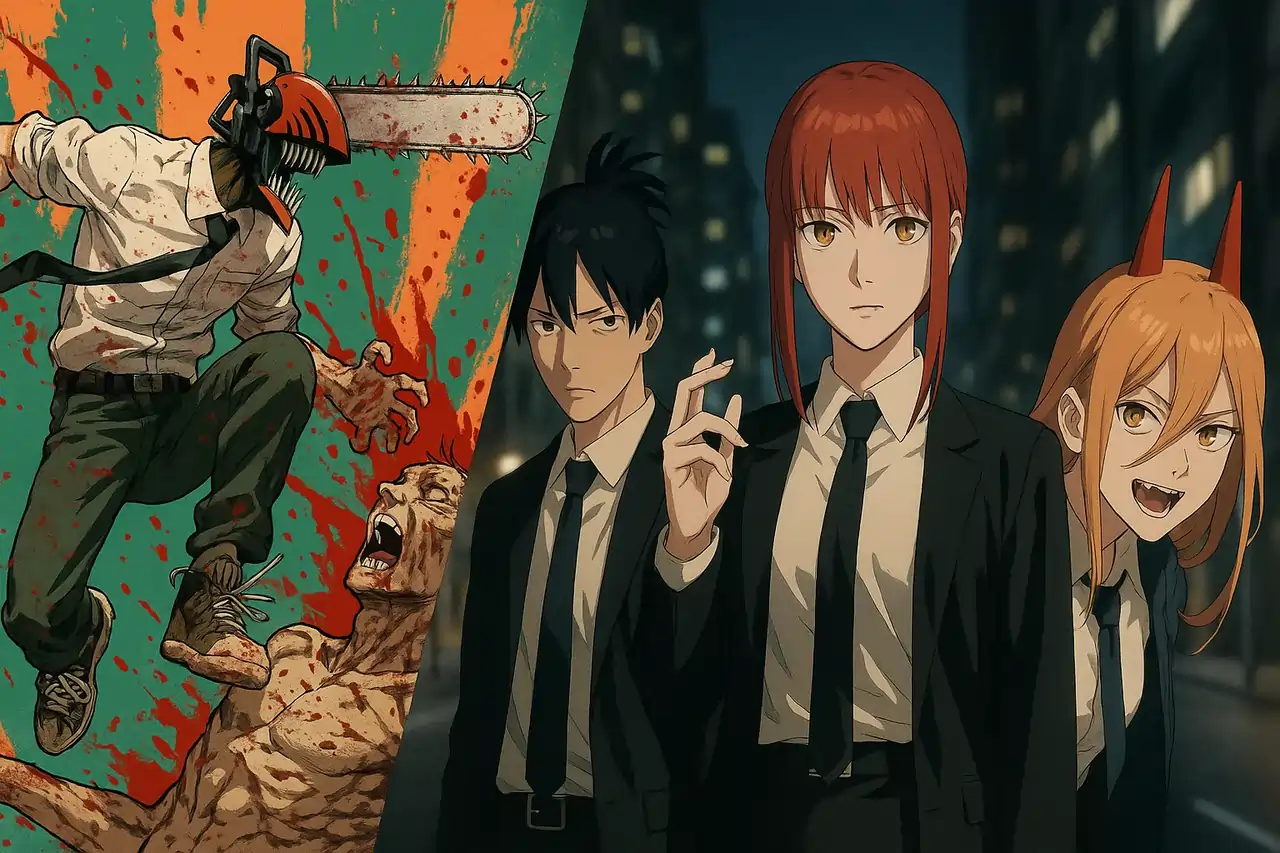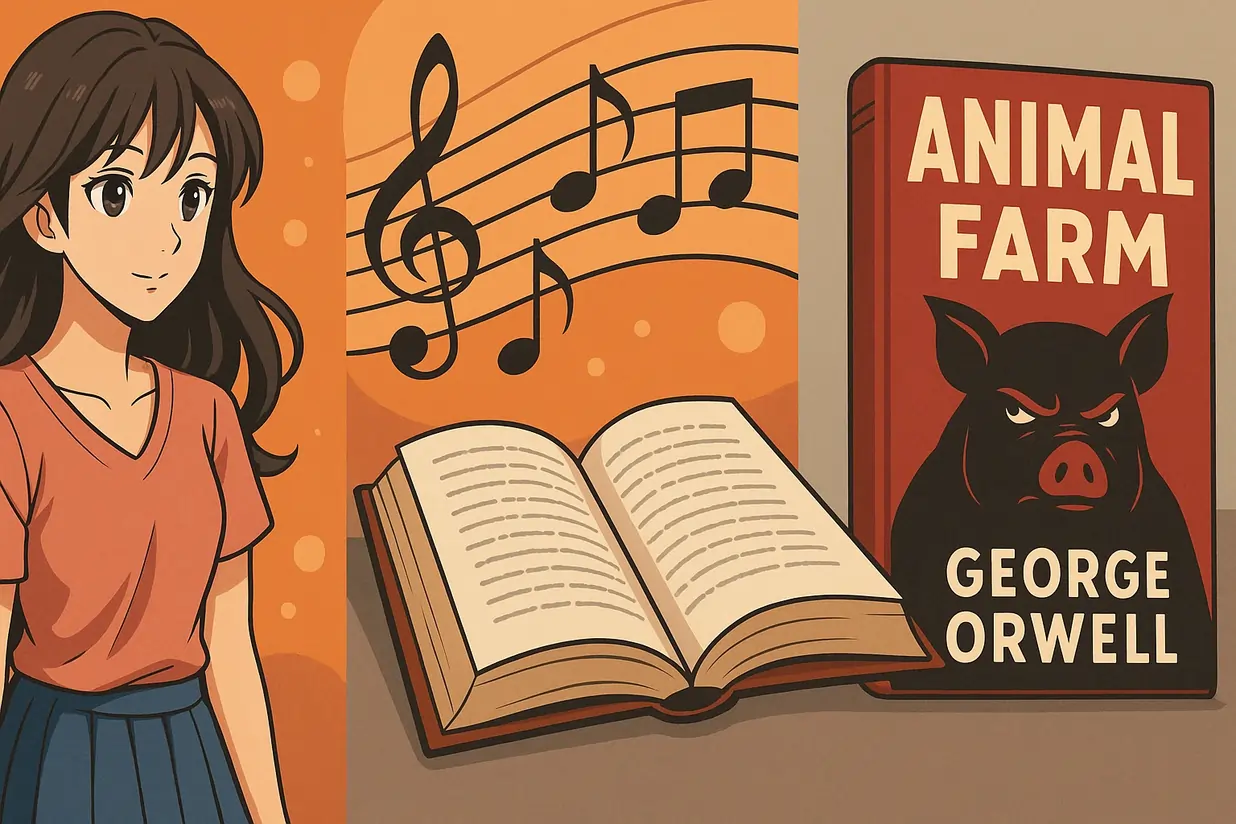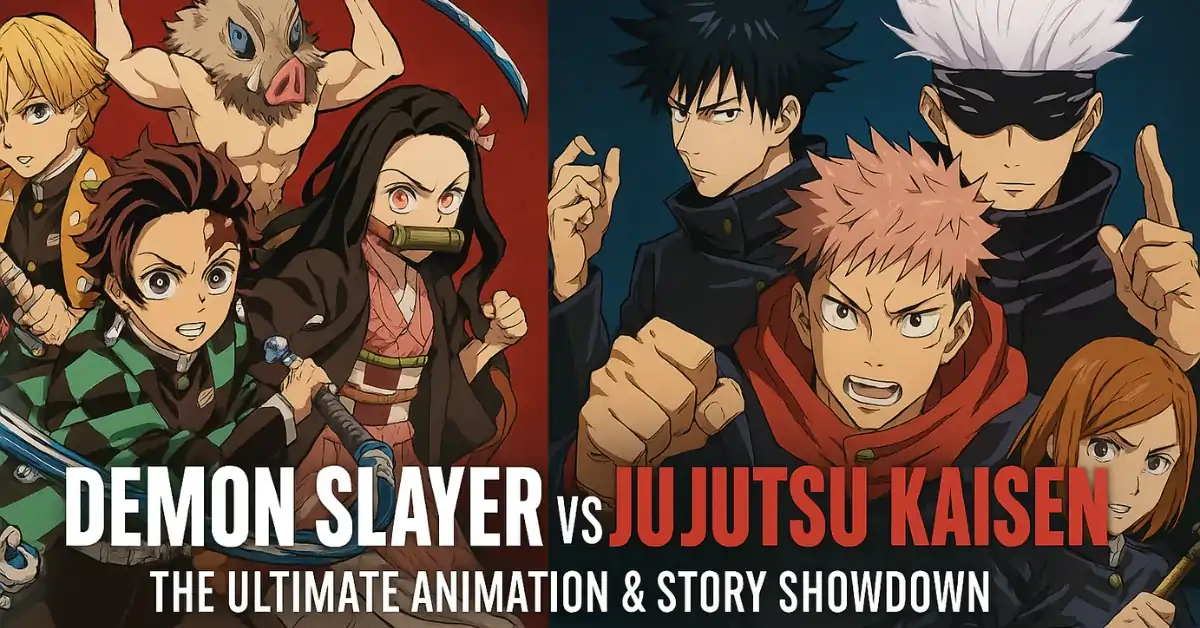If there’s one fight that tattoos itself onto your brain, it’s this one. Not because it’s loud, but because it breathes. You can feel the Infinity Castle flexing like a living organism; sliding corridors, tilting platforms, shoji geometry folding in on itself as if the space wants a front-row seat. Into that moving arena drops a force of nature: Akaza, Upper Rank Three. Opposite him Tanjiro Kamado, breath burning like a small sun, and Giyu Tomioka, still water with a hidden undertow. Strength, compassion, and tragedy collide and for once, nobody walks away unchanged.
The Stage Sets Its Rules
The Castle is a character. Floors swivel and walls tilt, stealing footing at the exact moments that determine a cut or a miss. The choreography uses that instability as punctuation: lunges become slides, parries become pivots, and every stance has to be honest because fake balance gets punished instantly. The visuals echo the ideologies. Akaza’s movement is circular and hungry, a predator tracing rings. Giyu’s is thin and linear, a brushstroke of calm across chaos. Tanjiro’s is heat seeking rhythm ragged first, then perfectly economical.
First Contact: The Language of Fists
Akaza never just “attacks”; he converses in strikes. He tests distance with clean, contempt-free jabs that map your soul before they bruise your skin. He calls it strength; to him strength is sacred. When he praises past opponents, he isn’t gloating he’s reciting scripture. Tanjiro refuses the gospel. For him, strength exists to protect. That philosophical fracture is the fight. Every exchange is an argument: Akaza’s doctrine of merit vs Tanjiro’s stubborn, sun-warm morality.
Giyu enters as the quiet thesis. Water doesn’t argue; it shapes. When he unveils Dead Calm, the air stops vibrating. Sound collapses. The Castle’s clatter falls behind a glass wall while Akaza’s flurries dissolve on contact like rain on a still pond. It is one of the coolest signatures in the series because it’s not showy it’s subtraction. You feel your shoulders drop, your breath smooth out… and then the next shock arrives.
Compass Needle vs. People Who Care
Akaza’s Destructive Death: Compass Needle is an unfair talent: he reads fighting spirit the way hawks read thermals. Most warriors leak intent; their bodies telegraph where their hearts have already decided to go. Against Giyu and Tanjiro, that compass whirrs until they start to starve it.
The duo’s rhythm matters. Giyu buys frames of stillness Tanjiro can spend on thinking. Tanjiro switches sword forms like swapping gears Fire Wheel to change lanes, Raging Sun to step inside the arc, Solar Heat Haze to bend perception. But the true glow-up isn’t a named form. It’s discipline. Tanjiro begins clipping every extra movement, sanding away ego, squeezing the breath until only function remains.
When the World Turns Transparent
There’s a moment where perspective clicks. Tanjiro’s pupils might as well widen to the size of the frame. Muscles, blood flow, weight shifts the opponent becomes a readable instrument panel instead of a blur. It’s the Transparent World and, just beyond it, a selfless state: not a zen pose, but a technical achievement. He lowers his fighting spirit to near-zero. The body moves; the soul goes quiet. To Akaza’s compass, Tanjiro becomes a hole in the map.
This is such a brilliant counter because it doesn’t brute-force past Akaza’s talent it invalidates it. The predator suddenly can’t feel the prey, and panic flickers across a face that rarely wears it. The animation sells that flicker with a fractional hitch in cadence a half-beat delay on Akaza’s read that says everything.
The Cut That Matters
No grand flourish. No fireworks. Tanjiro’s killing line is clean, unromantic, horrifyingly efficient. The blade doesn’t argue with bone; it just proves geometry. Head off.
And then the nightmare truth: the body doesn’t accept the verdict. You can feel an ancient, reflexive survival routine kick in as the torso moves to reclaim the head. Giyu’s Water becomes pressure, corralling that impossible body in a cage of angles while Tanjiro refuses to blink. The music doesn’t swell. It thins. Every footfall is a metronome counting down whether courage can outpace biology.
The Boy Named Hakuji
Impact frames give way to memory. The fight stops hitting you and starts hurting you. Hakuji was a starving, desperate kid who stole to keep his father alive. Grief carved the first hole in him. Keizo and Koyuki filled it discipline and warmth, the dojo and the home it contained. Those scenes are quiet, sometimes almost color-desaturated, as if the palette is protecting a candle.
Then poison takes that candle out. The well. The neighbors. The bodies. It’s brutal not because of gore, but because you can feel Hakuji’s vow snap like a stretched string. When Muzan arrives with a hand outstretched, it doesn’t feel like a seduction; it feels like gravity.
Centuries later, Hakuji is Akaza, wandering with a compass tuned only to strength because every other direction was erased. When the memories bleed back in the Castle, the animation resists melodrama. You get small human gestures: the hint of a smile that isn’t cruel, hands that remember how to hold rather than hit. It’s crushing because it’s tender.
Choosing the End
Brains can rationalize anything. Bodies can regenerate anything. Souls decide. Akaza’s last act isn’t a stumble; it’s a choice. He refuses the reattachment, refuses Muzan, refuses to keep being the blade that killed the life he once wanted. The Castle doesn’t cheer. It exhales. The color grading lifts by a degree, as if the room got one lumen kinder.
Why This Fight Lives Rent-Free
Because the choreography advances the story at every beat. Akaza’s compass is a metaphor wearing MMA gloves. Giyu’s Dead Calm is grief made useful containment, not collapse. Tanjiro’s Transparent World is empathy as a fighting style: the ability to witness without ego until the opening appears. When the decapitation lands, it’s not victory; it’s understanding. And when Akaza ends himself, it’s not defeat; it’s freedom.
The animation choices are surgical. Camera distance respects footwork; cuts hold long enough for you to read stance changes. Sound design gives Dead Calm its own vacuum. Color temperature tracks ideology Akaza’s cool, blue-white ferocity vs Tanjiro’s ember orange, with Giyu’s desaturated steel between them like a mediator. Even the Castle’s shifting planes carry meaning: unstable ground for a fight about what “ground” even is.
Technique Notes (for fellow nerds)
Tanjiro’s Hinokami Kagura forms aren’t just flashy names; they’re problem-solving tools. The best sequences show him chaining a lane-change into a line-shortener into a perception bend, all while conserving breath. That conservation is everything. The Transparent World isn’t magic it’s the reward for ruthless efficiency plus empathy for motion. Lower the noise, remove the tells, hush the spirit. When the mind stops shouting, the body finally hears.
Giyu’s Eleventh Form is the rare “defense as offense” done right. It doesn’t stall; it denies turbulence, which is exactly what Akaza feeds on. The mark awakening on Giyu reads like an admission: even stillness sometimes needs an engine. The series has always loved making calm the deadliest thing in the room this fight perfects it.
Akaza’s technique feels like a love letter to muay thai clinch instincts and kyokushin body toughness wrapped in fantasy logic. Elbows and knees steer the traffic pattern, while the Compass Needle keeps him on the high line until it can’t. Watching his form fray when he loses that read is heartbreaking: a master losing the sheet music.
The Aftertaste
When the dust settles, the fight doesn’t leave you pumping your fist. It leaves you quieter. Tanjiro proves a point without cruelty. Giyu proves friendship without speeches. Akaza proves that tragedy and villainy can occupy the same body, and that redemption is sometimes a single decision made when no one can help you.
That’s why this one is special. It’s not just the best duel of Part 1; it’s a thesis statement for Demon Slayer Infinity Castle Arc itself: strength is not a crown it’s a promise. And the moment you use it to protect something real, even a monster can remember his name.




